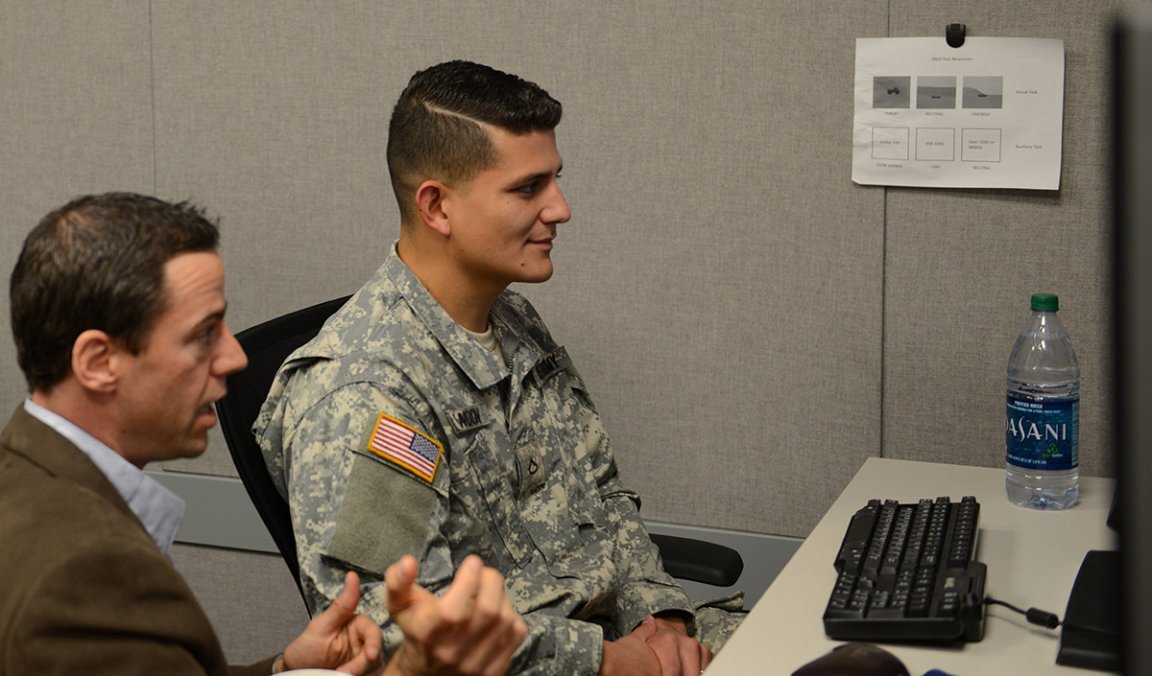
The Program
Intelligence is a crucial part of any military operation, which is why analysts dedicate so much time to studying images from a number of different sources. Categorizing this information is a notable part of data collection and, subsequently, intelligence gathering. And at the Mission Impact Through Neurotechnology Design (MIND) Lab, scientists may have come up a way that could make the jobs of these analysts a little easier, all thanks to a computer program that can interpret brain waves.
The program was tested on a soldier with an electroencephalogram (EEG) connected to a computer. The soldier was asked to view a series of images that were flashed on a screen at a rate of one per second. Each image fell under one of five categories: Boats, pandas, strawberries, butterflies, and chandeliers.
Remarkably, by taking note of the changes in the subject’s brain waves, the computer showed that the soldier chose to focus on images that fell under the “boat” category. The soldier produced distinct brain wave patterns whenever he looked at something he saw as “relevant.” Analysts could use the system to view large images that are cut up into smaller sections in order to quickly find items of interest.
Future Plans
Scientist still intend to continue improving the system and even plan to add new features. One that is currently under consideration is eye control. Experiments are already underway in this area.
For this particular test, a soldier was asked to play a simple video game. He was instructed to shoot a bubble at a cluster of other bubbles and to aim for the same color just by moving his eyeballs, which he successfully did.
The scientists are leveraging this kind of “on eye-tracking” in order to help them determine whenever a person is fixating on a particular region of space. In a press release, Dr. Anthony Ries explains the significance of this development, “Whenever the Soldier or analyst detects something they deem important, it triggers this recognition response. Only those chips that contain a feature that is relevant to the Soldier at the time — a vehicle, or something out of the ordinary, somebody digging by the side of the road, those sorts of things — trigger this response of recognizing something important.”
In relation to implementation, an analyst would present an image to a subject and then have the individual manually scan through it. Whenever the subject fixates on an item of interest, that particular region can be flagged.